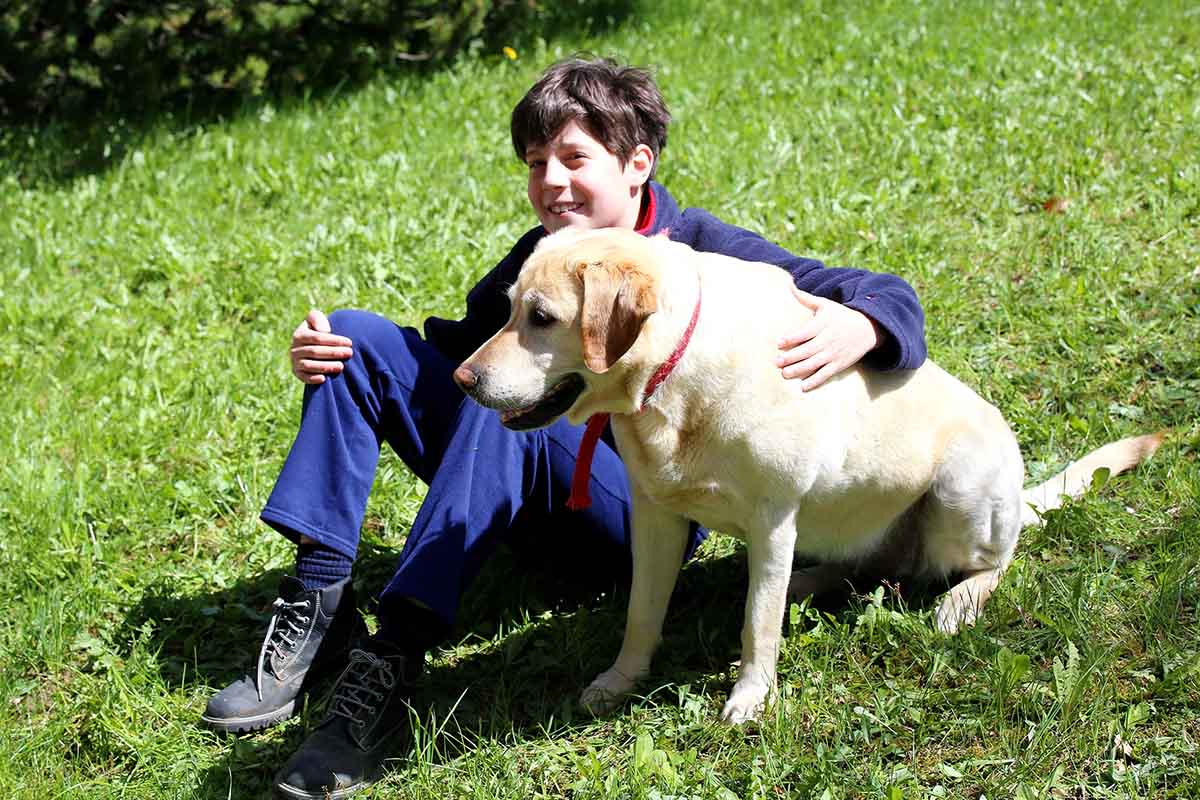Autism is a type of developmental disorder that causes social, communication, emotional, and behavioral problems. Autism disorder treatment programs work to reduce the impact symptoms have on daily life, as autism can lead to isolation and psychosocial impediments. But what is high functioning autism? There are varying levels of severity when it comes to autism spectrum disorders. Severe conditions may prevent you from living independently, while mild disorders produce symptoms that are easier to manage. Conditions like Aspergers are sometimes associated with high functioning autism. Autism disorder treatment programs in Westchester, NY provides evidence-based ABA autism treatment for high functioning autism.
What are the Symptoms of Autism?
Autism is diagnosed based on behavioral observation. Autism spectrum disorders can begin demonstrating symptoms between the ages of six months and one year, with symptoms gradually intensifying throughout early childhood. An early intervention program in Westchester, NY can diagnose children as young as two years because symptoms can develop by six months of age
Symptoms of autism spectrum disorders can include:
- Failing to babble by 12 months
- Not speaking their first word by 16 months
- Inability to speak two-word phrases by two years
- Delayed verbal and social skills
- Compulsive and ritualistic behaviors
- Difficulty or inability to adapt to changes in routine or environment
Since autism begins demonstrating symptoms before children develop refined language skills, doctors rely on observation for a diagnosis. Symptoms for autism must appear in multiple settings and impact social and communication skills.
Examples of social deficiencies include:
- Lack of interest in socializing with peers
- Difficulty playing with peers
- Nonverbal communication
- Difficulty participating in structured activities or taking turns
Poor social skills can make it hard to develop healthy or functional relationships, which can increase feelings of loneliness. That makes an early intervention program especially important, as they work to improve social interactions before grade school. An
What is High Functioning Autism?
So what is high functioning autism and how common is it? While some people with autism also have an intellectual disability, those with autism and an IQ above 70 and without an intellectual impairment are considered to have high functioning autism. Symptoms of high functioning autism can include many of the same symptoms for other autism spectrum disorders.
Communication problems can limit your ability to connect with others. People with high functioning autism are more likely to feel isolated, which makes treatment an important element of managing symptoms effectively.
High functioning autism can cause obsessive behaviors, which can involve fixating on abnormal objects or practicing rituals. Rituals can involve things like putting toys away in a specific order or following a strict routine.
How is Autism Treated?
While there isn’t a cure for autism, treatment can reduce the severity of symptoms. A targeted intervention program in Westchester, NY improves children’s social, language, and cognitive skills while encouraging them to interact with one another in socially meaningful interactions.
Treatment includes therapy and medications. Therapy focuses on improving communication and social skills. Focusing on developing better verbal skills is another way therapy is used to treat autism. Some children with autism may need speech therapy, which can make it easier for children to develop friendships with peers.
During treatment, therapists work to teach children how to understand nonverbal communication by expressing appropriate facial and hand gestures. Understanding how to connect with peers by learning proper social norms is another aspect of autism treatment. This could mean learning how to wait for a turn or how to share with others.
If you’re wondering what is high functioning autism, you’re likely curious about how autism is treated. Autism therapy also works to improve life skills. For children, this can mean learning how to get dressed independently or how to adapt to changes.






